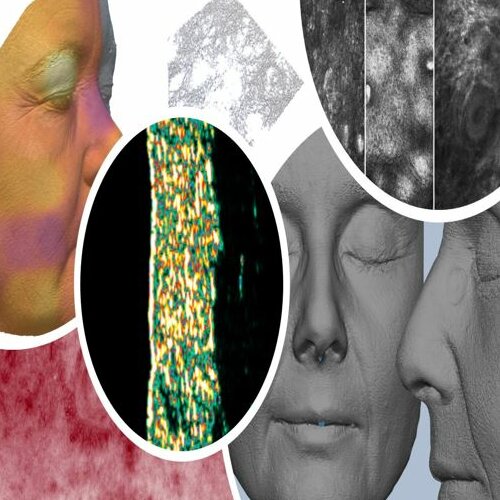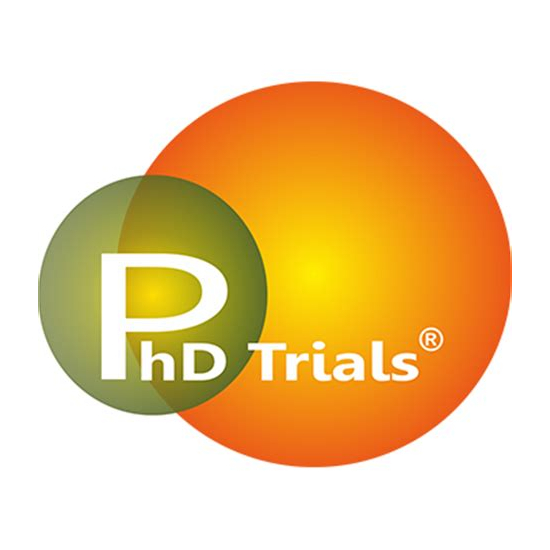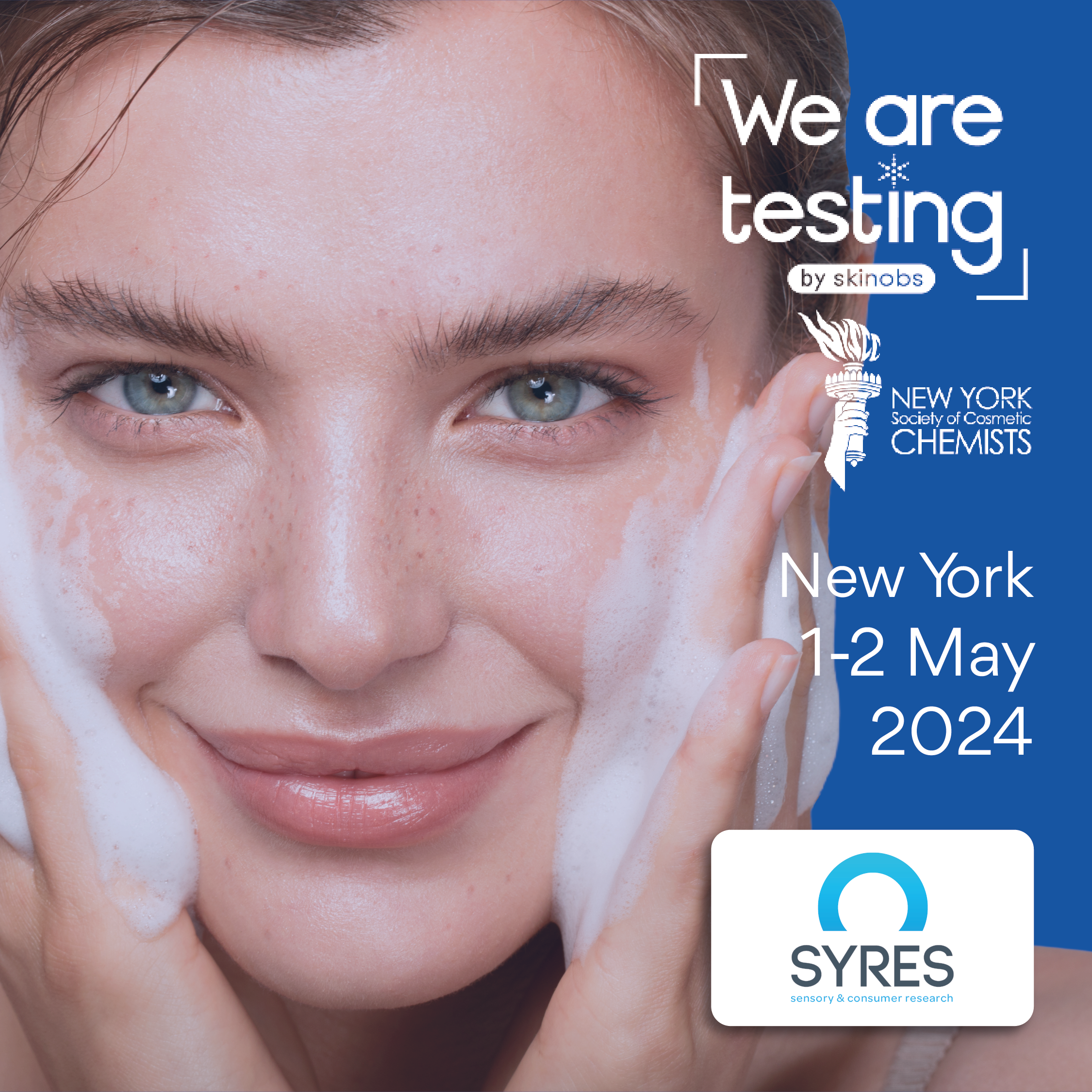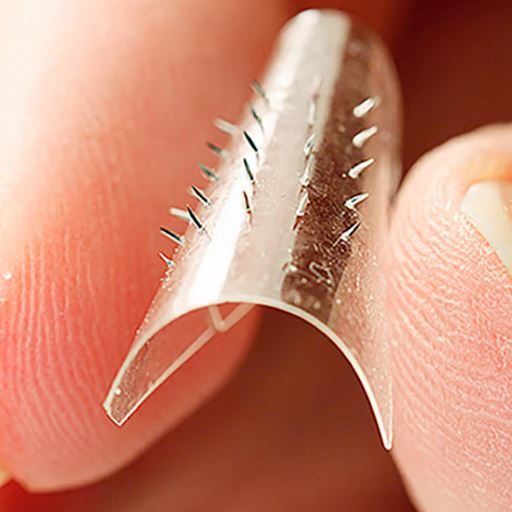Skin aging is a complex process involving intrinsic (personal and genetic) and extrinsic (environment, i.e. sun exposure) factors that result in the well-known signs of aging.
In order to improve the knowledge of the changes that occur in the skin with the aging process and to evaluate the effects that an anti-aging product produces on the skin after its use, covering the multiple possible anti-aging claims, PhD Trials® carries out a series of instrumental objective evaluations.
The main structural changes perceived on skin are regarding texture and wrinkles. For its assessment, methods of surface texture measurements as AEVA-HE (Eotech) can be used. Tridimensional images of the skin topography are obtained by a stereo camera combined with a fringe projection system, giving us a quantitative skin profile data. Interesting parameters such as Wrinkle count, Wrinkle volume, Wrinkle average depth, Ra and Rz can be found.
Another problematic skin aging effect is regarding skin firmness and elasticity loss, related with structural changes on fibers network. Skin biomechanical evaluation can be performed by the Cutometer® (C+K) probe. This system uses negative pressure which deforms the skin mechanically and parameters skin firmness and skin elasticity can be found.
Also, to evaluate structural changes inside the skin a Reflectance Confocal Microscope – RCM (MAVIG) can be used. With this system the fibers network or the epidermis thickness can be found and a 3D reconstruction of the top of the dermis and the collagen fibers network can be obtained. An Ultrasonography (Dermscan C system) that generates ultrasounds images with a 20MHz probe is also possible to be used in order to obtain quantitative parameters such as skin density, skin thickness or SubEpidermal Low Echogenic Band (SLEB).
Changes on skin pigmentation leading to a decrease on luminosity and the appearance of hyperpigmented spots are also an important concern related with the aging process. To assess skin luminosity, a colorimetric method such as Chromameter® (Minolta) can be used and data concerning Visible, Brown (hyperpigmentation) and UV spots (photodamaged induced spots), is obtained by image analysis of standard digital face photography using the VISIA® system (Canfield).And last but not least, aging process also brings skin hydration decrease. To assess objectively and quantitatively skin hydration the method of choice is the well-known probe Corneometer® (C+K) based on skin capacitance. These techniques allow PhD Trials® to have a global approach of skin aging effects and an objectivation of the different aspects of antiaging effects, properly covering the multiple possible product antiaging claims.
Read the complete FOCUS#3: Focus#3 Anti-aging Clinical Testing.v2
CONTACT
Head Office and Clinical Center
Avenida Maria Helena Vieira da Silva,
nº 24 A – 1750-182 Lisboa, Portugal
Tel: +351 216 034 267;
Fax: +351 216 036 081; Email: geral@phdtrials.com
Commercial Office – Barcelona
Email: nuria.pages@phdtrials.com; Tel: +34 686 845 600










 Follow us on Linkedin!
Follow us on Linkedin!
You must be logged in to post a comment.